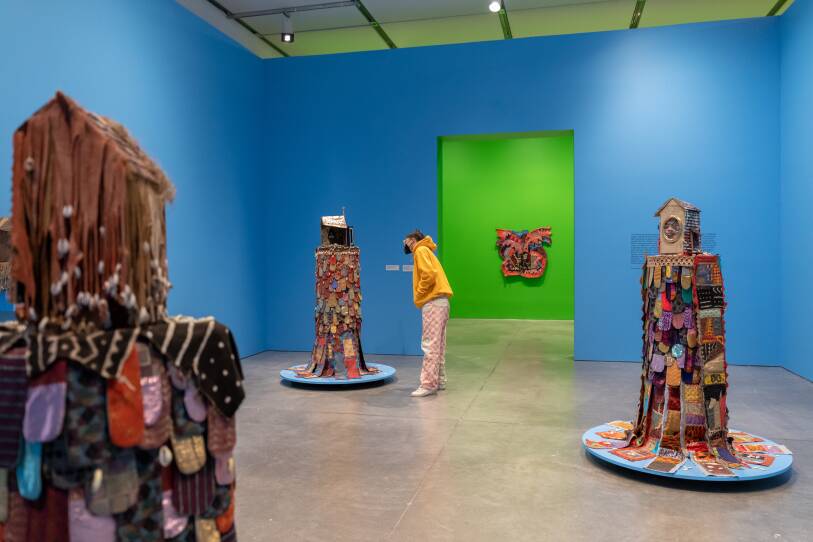This week, GBH Executive Arts Editor Jared Bowen discusses the latest arts and culture happenings around Boston, from a new take on an American classic to the New Bedford Whaling Museum.
Now Playing at the Citizens Bank Opera House through April 17th
The theatrical adaptation of Harper Lee's "To Kill A Mockingbird" has gone on to be one of the most successful Broadway plays in American history. Aaron Sorkin, the brains behind "The Social Network," "The West Wing" and "Moneyball," adapted Lee's book to the stage. While his work tends to involve fast paced dialogue and fast moving plots, as Bowen puts it, "he's had to slow his pacing down, he's had to slow his language down because this is a story that doesn't get told that way."
"To Kill A Mockingbird" tells the story of Atticus Finch, a civil rights attorney tasked with defending Tom Robinson, a Black man accused of rape, as he faces execution. The play, set in 1934 Maycomb, Alabama, sees Finch resist taking the case until deciding to do right by Robinson. The case goes beyond the courtroom as the town and trial become engulfed by racism. "I will say, I think the first act is so tight that there were moments that I forgot I was in the theater," says Bowen. "The second act isn't quite as tight because I think he's also trying to incorporate some of the more identifiable elements of the novel. But it's still a very strong production."
Napoleon Jones-Henderson: I Am As I Am—A Man
On view at the Institute of Contemporary Art Through July 24th
Roxbury-based artist Napoleon Jones-Henderson is a founding member of the African Commune of Bad Relevant Artists (AfriCOBRA), a collective with a shared goal of developing visual arts in order to uplift and empower Black communities. The new ICA exhibit brings visitors through 50 years of the artist's work, which features weaved textiles, sculptures and enamel art.
Bowen met with Jones-Henderson for an upcoming episode of Open Studio where he was able to tour the artist's home studio. "I love this man. He has such extraordinary energy and such a lust for life. And he doesn't separate art from life and home. It's all one that comes together," says Bowen.

Turn The Tide: Courtney Mattison
On view at the New Bedford Whaling Museum through May 1st
The climate catastrophe remains on the minds of millions of people, as the U.N. continues to assert thatit's not too late to save the planet. Courtney Mattison stresses this urgency in her art, which illustrates the vulnerable ecosystem of our oceans. Working with porcelain and ceramics, Mattison's large sculptures depict climate change in a poignant and evident fashion. "She has this one huge, sprawling piece that's 20 feet wide. It's 300 pieces. It's looking at ocean acidification, which was described to me as the osteoporosis of the sea," Bowen says.
It's hard to ignore the effects of climate change in a coastal area where beach access continues to dwindle. "It's work that really grabs us because you see things like pieces of the ocean clutching plastic knives and forks and gas containers, and it's spread all throughout the gallery," says Bowen. "You're seeing this in the gallery and you look out the windows of the Whaling Museum and you see the harbor. So it's right there in front of you."






